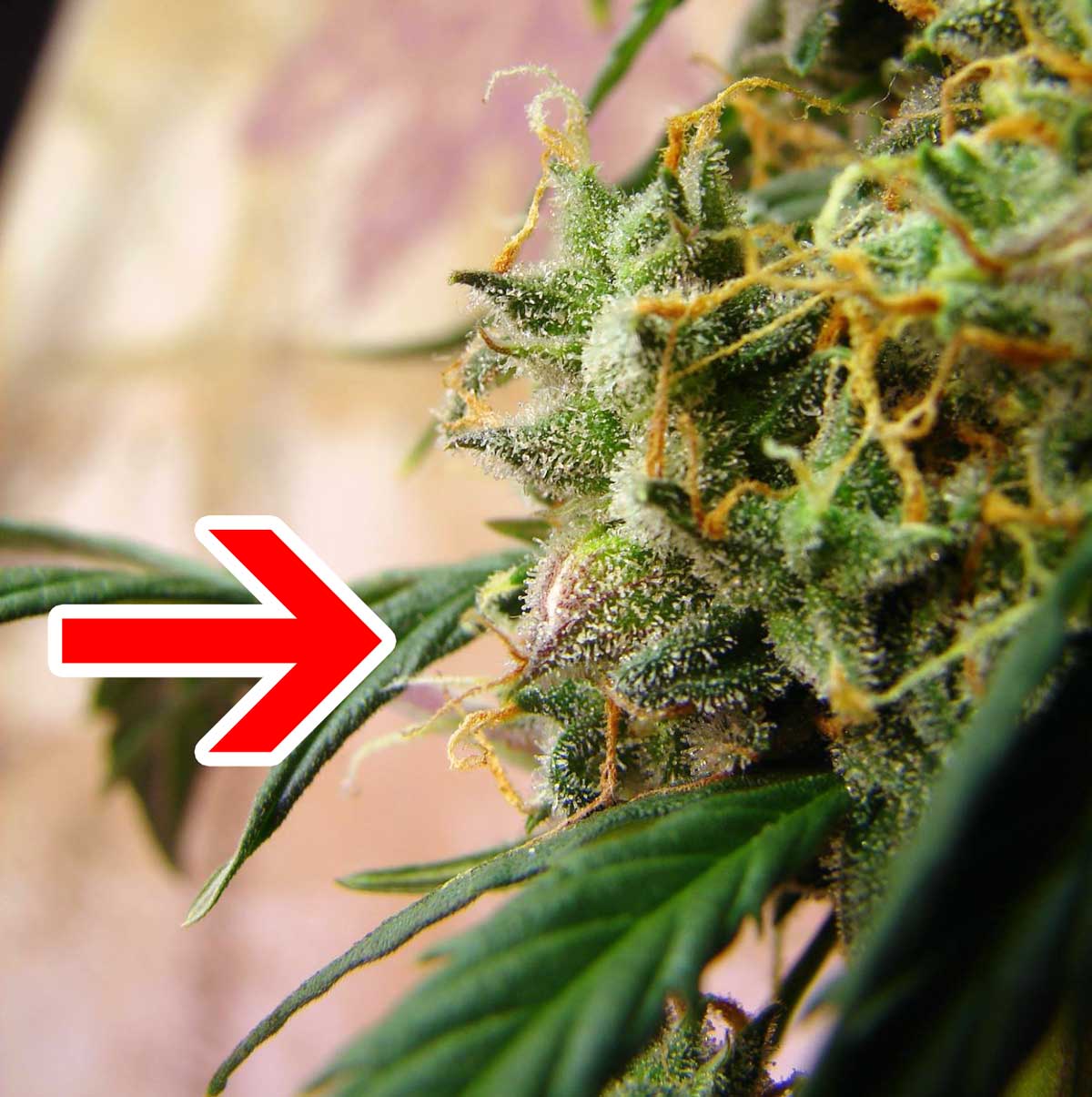Cannabis fostering requires careful focus to environmental components to make certain healthy progress and maximum produce. Whether you’re some sort of novice grower or perhaps an experienced cultivator, understanding the maximum conditions for marijuana seeds is important. In this extensive guide, we delve into the key factors: light, soil, water, and temperature specifications, to help you achieve productive cultivation.
Light Requirements
1. Bonuses :
Cannabis plants will be photoperiodic, meaning their very own growth and blooming stages are motivated by light cycles. During the vegetative period, plants require involving 18-24 hours associated with light daily to be able to promote robust expansion. High-intensity discharge (HID) lights such while metal halide (MH) or high-pressure sodium (HPS) are generally used indoors, supplying the necessary range for optimal expansion.
2. Light Range:
Different stages of growth require different light spectrums. Throughout vegetative growth, crops benefit from blue spectrum light (400-500 nm), which promotes leafy growth. Within contrast, the flowering stage benefits from reddish colored spectrum light (600-700 nm), which stimulates bud development. DIRECTED grow lights offer you customizable spectrums in addition to energy efficiency appropriate for all development stages.
3. Light Duration:
Maintaining a regular light cycle is crucial. During the blooming stage, reducing typically the light cycle to 12 hours of sunshine and 12 hrs of darkness stimulates flower production. Lighting interruptions during the dark cycle may stress plants and affect flowering.
Soil Requirements
1. Dirt Composition:
Selecting the most appropriate ground is crucial intended for cannabis cultivation. A new well-draining, nutrient-rich garden soil with a ph level level between 6th. 0-6. 8 is usually ideal. Organic soil blends that include fragment, perlite, and cocorota coir provide excellent aeration and drinking water retention, promoting healthy root development.
2. Nutrient Levels:
Hashish plants require some sort of balanced supply associated with macronutrients (nitrogen, phosphorus, potassium) and micronutrients (calcium, magnesium, iron) throughout their lifecycle. Organic fertilizers or perhaps compost teas may supplement soil nutrients, enhancing plant vigor and bud creation.
3. Soil pH:
Monitoring and changing soil pH will be crucial for nutrient uptake. pH ranges outside the optimum range can lead to nutrient deficiencies or toxicities. pH testing kits or meters help maintain soil pH inside the recommended range for healthy development.
Watering Specifications
a single. Water Quality:
Superior quality water free from pollution is essential for cannabis plants. Chlorinated water can injury beneficial soil bacterias and affect grow health. Using television or dechlorinated water ensures optimal nutritional absorption and stops mineral buildup found in the soil.
two. Watering Schedule:
Setting up a consistent sprinkling schedule is crucial. Overwatering can lead to root corrosion, while underwatering may stress plants and minimize yield. Water plant life when the top rated inch of ground feels dry, letting excess water to be able to drain freely from the pot to prevent waterlogging.
3 or more. Irrigation Methods:
Drop irrigation or soaker hoses provide manipulated water delivery directly to the root zoom, minimizing water waste materials and promoting effective nutrient uptake. Automatic irrigation systems using timers ensure vegetation receive water in optimal intervals, specially in larger expand operations.
Temperature and even Humidity Requirements
one. Temperature Range:
Cannabis plants thrive in temperatures between 20-28°C (68-82°F) in daytime plus slightly cooler temps at night. Changes outside this range can stress plant life and affect progress. Ventilation systems in addition to fans help preserve optimal temperature amounts indoors.
2. Dampness Levels:
Humidity amounts should be carefully supervised, especially during flowering. In the vegetative stage, aim for humidity levels between 40-60%. Decrease humidity (30-40%) in the course of flowering reduces typically the risk of mildew and bud decay. Dehumidifiers and humidity monitors maintain perfect levels in indoor grow spaces.
Bottom line
Successful cannabis cultivation relies on supplying optimal growing situations focused on the needs of the herb throughout its lifecycle. By understanding in addition to implementing the correct light, soil, normal water, and temperature demands, growers can improve yields and generate high-quality cannabis. Normal monitoring, adjustments centered on plant replies, and adherence in order to best practices ensure a rewarding farming experience.
Whether you’re cultivating indoors or outdoors, mastering these kinds of essential factors packages the foundation for healthy, thriving cannabis plants. Embrace the particular journey of marijuana cultivation with a commitment to delivering the best environment for your plants in order to flourish.
